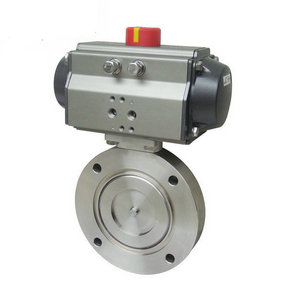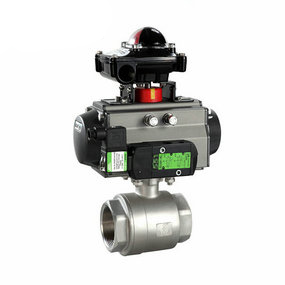Which one is better for pneumatic low load regulating butterfly valve? Tong Lige from Tsinghua University and Bai Shiwu and Liu Fangneng from China Petroleum Pipeline Research Institute established a BP neural network model to predict the crack tip opening displacement (CTOD), the performance parameters of high-strength pipeline steel (X70) welding joints, to provide an effective means for optimizing welding process parameters.

Internal structure of pneumatic butterfly valve:
1. Elastic seat sealing structure The elastic seat sealing structure uses an eccentric butterfly plate installed on the valve rod, which has two sides: spherical and conical, and is matched with the elastic seal ring. The seal ring is made of L-shaped and U-shaped, which is consistent with the sealing surface of the butterfly plate. Under the action of medium pressure, the sealing pair produces tiny elastic deformation, thus realizing sealing. The structural form shall be selected according to the nominal diameter and nominal pressure of the valve, and the wall thickness of the seal ring shall be designed according to the pressure bearing force.




